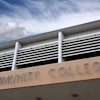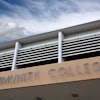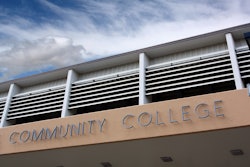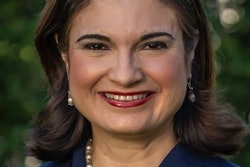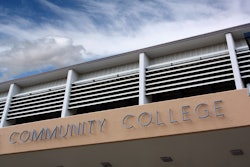
The growing voice of community colleges in the MLA was evident at the 2015 annual convention in Vancouver, British Columbia, held Jan. 8-11.
More than a decade ago, “community colleges were not on any radar,” said Dr. Michelle J. Brazier, assistant professor of English at Raritan Valley Community College. Community colleges, she said, were generally sidelined in MLA discourses that tended to be dominated by public universities, four-year colleges, and research universities.
But ever since 2000, approximately, the MLA’s relationship with community college partners has been growing. In part, this is purely pragmatic—college tuition has increased substantially, meaning more students are electing to attend more affordable two-year institutions prior to moving on to get a bachelor’s degree. Students, therefore, are coming to college prepared in ways that differ from decades past, necessitating better understanding between two-year and four-year institutions.
“The people who would be the old-school, traditional MLA, they’re finding that they’re not teaching the same students they were twenty years ago,” Brazier said. Such trends, she said, have led to increased membership of community college partners in the MLA, as both parties realize their common interests.
There are almost 1,000 community college members of the MLA, out of an approximate 26,000 total membership.
Dr. Frederick L. De Naples, professor of English at Bronx Community College and member of the MLA committee on community colleges, praised the MLA’s responsiveness to community college concerns.
